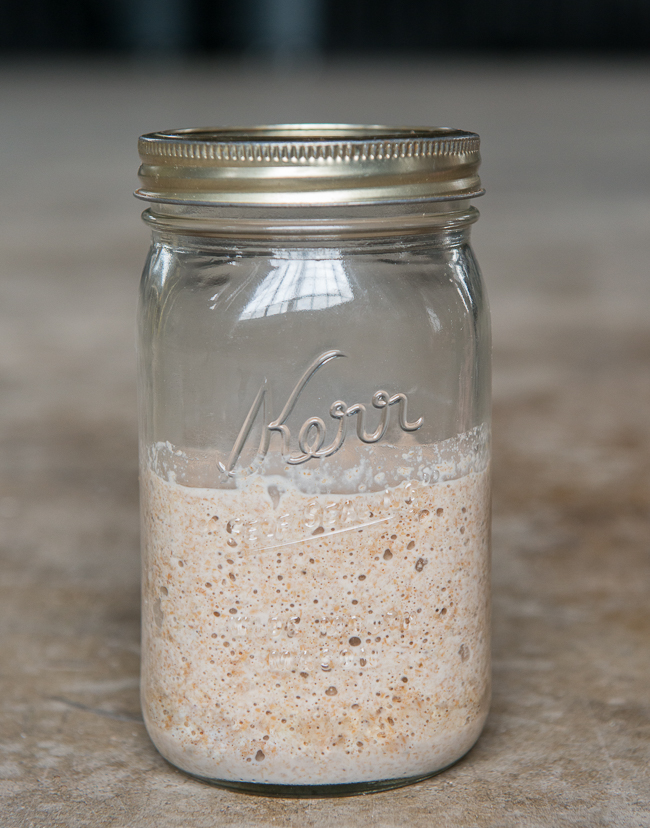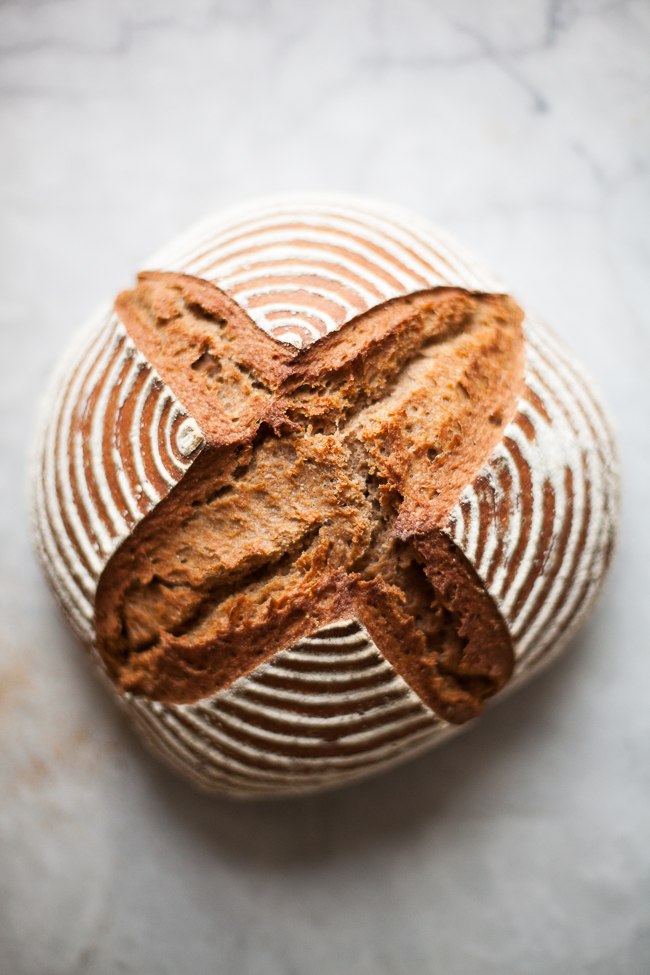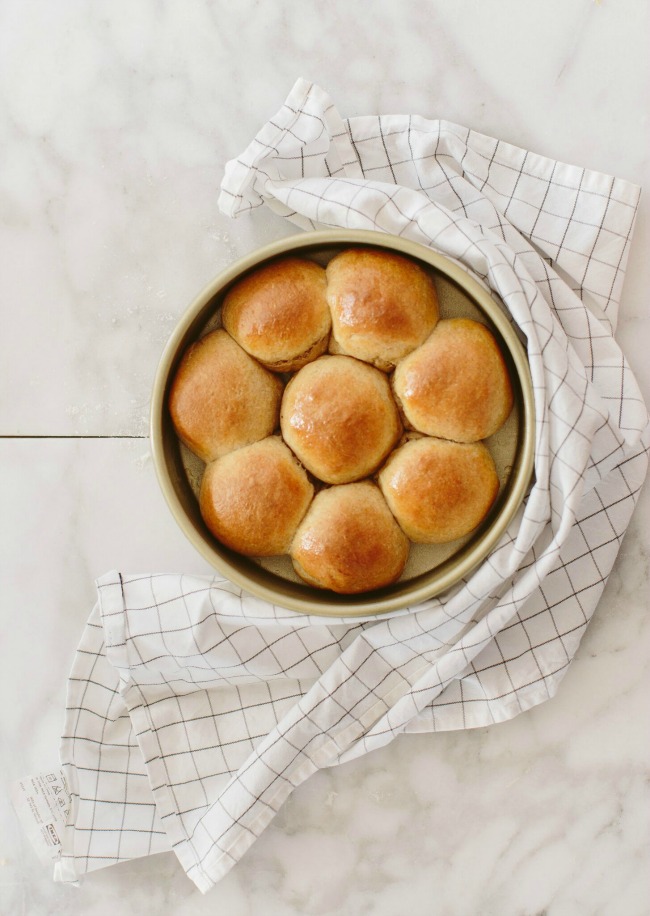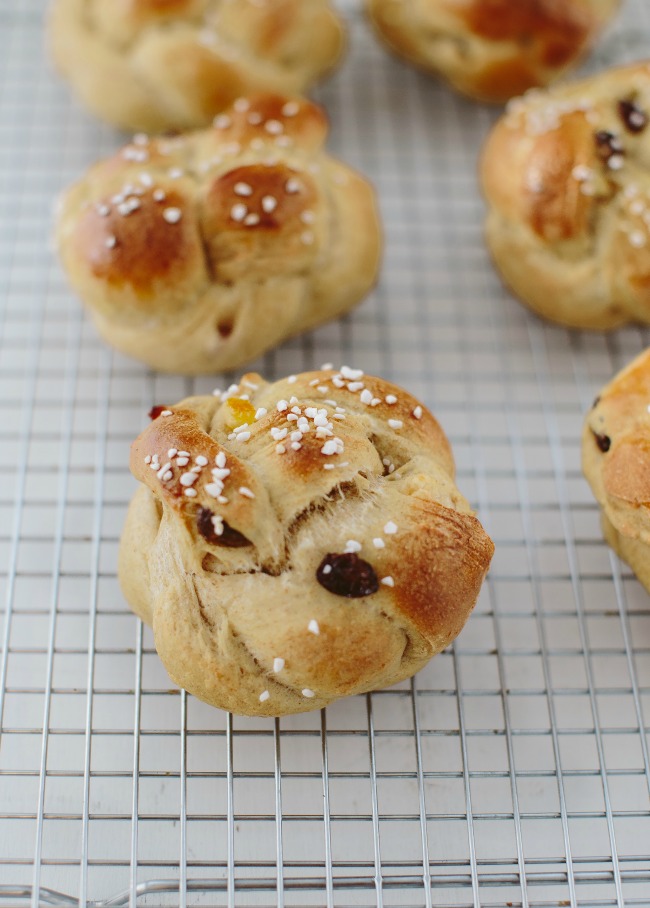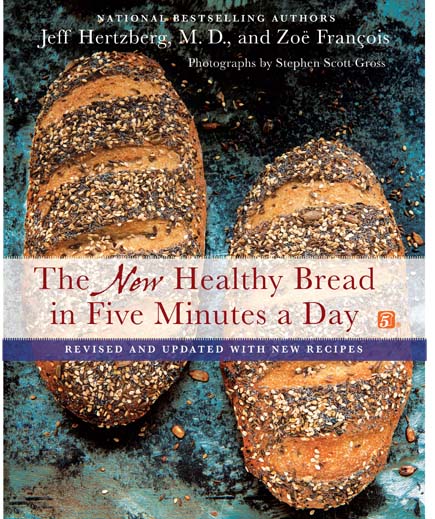Health questions?
There are endless controversies surrounding food consumption and its effect on health, and over the years I’ve received many questions related to health claims made in the media and in popular books. The answers are complex and the science is often inconclusive. Given that, I don’t make any specific health-promotion claims about the breads in my books. In writing the first edition of Healthy Bread in Five Minutes a Day (2009), I knew it’d generate lots of questions. Below, you’ll find part of the introduction to that book, which addresses the state of the science related to nutrition and bread ingredients. In Healthy Bread, you’ll find lots of whole wheat and other whole grains, and had a whole chapter on sourdough baking (only in the second edition). But bread is a carbohydrate food, and the best advice that scientists give us is this: don’t binge on it. Eat bread and other energy-rich foods in moderation or you’ll gradually gain weight and put yourself at risk for diabetes and other chronic conditions. Two specific topics on which we get a lot of questions here on the website:
Sourdough? Are there health benefits, compared with breads made with commercial yeast? Short answer: the science is far from clear on this, and mainstream researchers aren’t promoting sourdough as having any particular health effects, despite it’s natural bacteria and yeast, and supposed effects on acid balance or glycemic index–the evidence just isn’t there. Like all breads, sourdough loaves are a carbohydrate food, and should be eaten in moderation. The main reason to eat sourdough is its wonderful flavor, and that’s the thinking that drove most of the choices in our books.
Gluten-free? Gluten-Free Bread in Five Minutes a Day is primarily for people with celiac disease, a well-documented medical condition that may affect as much as 1% of the population. People with celiac cannot eat bread made from wheat or anything with gluten. For other folks who feel better when they don’t eat wheat or gluten, the science is newer, and less clear. One can’t make claims about health benefits of gluten-free bread, other than that it’s the only option for celiacs. There’s no credible evidence suggesting that everyone needs a gluten-free diet.
Read on for some basics on bread ingredients, from the introduction to Healthy Bread in Five Minutes a Day (copyright 2009, 2016, Jeff Hertzberg and Zoe Francois):
1. Whole grain flour is better for you than white flour: Because whole grains include the germ and the bran, in addition to the starch-rich but fiber- and vitamin-poor endosperm whole grain flours bring a boatload of healthy substances into your diet, including phytochemicals (beneficial plant chemicals), vitamins, and fiber. Those are pretty much absent from white flour. Iron, niacin, folic acid, riboflavin, and thiamine are added back in enriched commercial white flour, but no other nutrients—so whole wheat delivers more complete nutrition than enriched white flour. But there’s more—because bran and germ in whole grains dilute the effect of pure starch in the endosperm, the absorption and conversion of starches into simple sugars is slowed, so blood glucose (the simplest sugar) rises more slowly after consumption of whole grains than it does after eating refined white flour products. Complex, high-bran carbohydrates are said to have a lower “glycemic index,” a measure of how fast your blood sugar rises after eating a particular food. The evidence for better handling of blood sugar, better digestive function, and heart health convinced the American Diabetes Association (ADA) and the U.S. Department of Agriculture to make two recommendations in their current guidelines:
- Consume a high-fiber diet, with at least 14 grams of dietary fiber per 1,000 calories consumed in an ideal-calorie diet each day. For a 2,000-calorie diet (appropriate for most women), that means about 28 grams of fiber a day. For a 2,500-calorie diet (appropriate for most men), that means 35 grams a day). 100% whole wheat bread contains a little less than 2 grams of fiber per slice if you cut a thin 1-ounce slice, and 3 to 4 grams if you cut a 2-ounce slice. White bread contains a quarter of that.
- Make sure that at least half of your grain intake is whole grain.
2. Monounsaturated and polyunsaturated oils are better for you than saturated and trans fats (like butter and hydrogenated oil): Switching to these oils or other heart-healthy fat sources can benefit those with high blood cholesterol.
3. Low-salt breads will benefit people with hypertension, heart failure, and kidney failure: This applies to all our breads—they all can be made with less or even zero salt, though the flavor will of course be different.
4. Nuts and seeds contain heart-healthy oils: Though they’re concentrated calorie sources, nuts and seeds are rich in vitamins, minerals, and heart-healthy fats (monounsaturated and omega-3 polyunsaturated fats).
5. Fruits and vegetables are the best sources for protective phytochemicals and vitamins: In Healthy Bread in Five Minutes a Day, there’s a whole chapter of breads enriched by fruits or vegetables, which are fiber-rich and loaded with vitamins and antioxidants.
And one final word of advice about diet and health: Please don’t obsess about food. This is supposed to be fun. If you can put some healthy ingredients into your bread and you like the flavor, do it. Most of all, enjoy your food.
Note: BreadIn5.com is reader supported. When you buy through links on the site, BreadIn5 LLC earns commissions.
